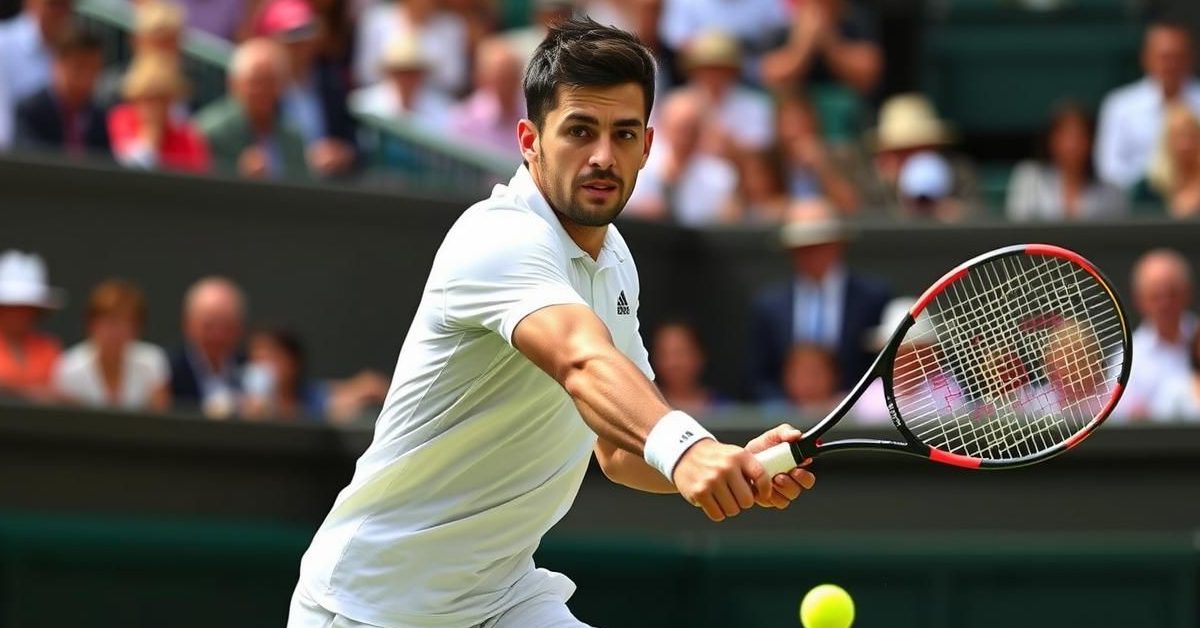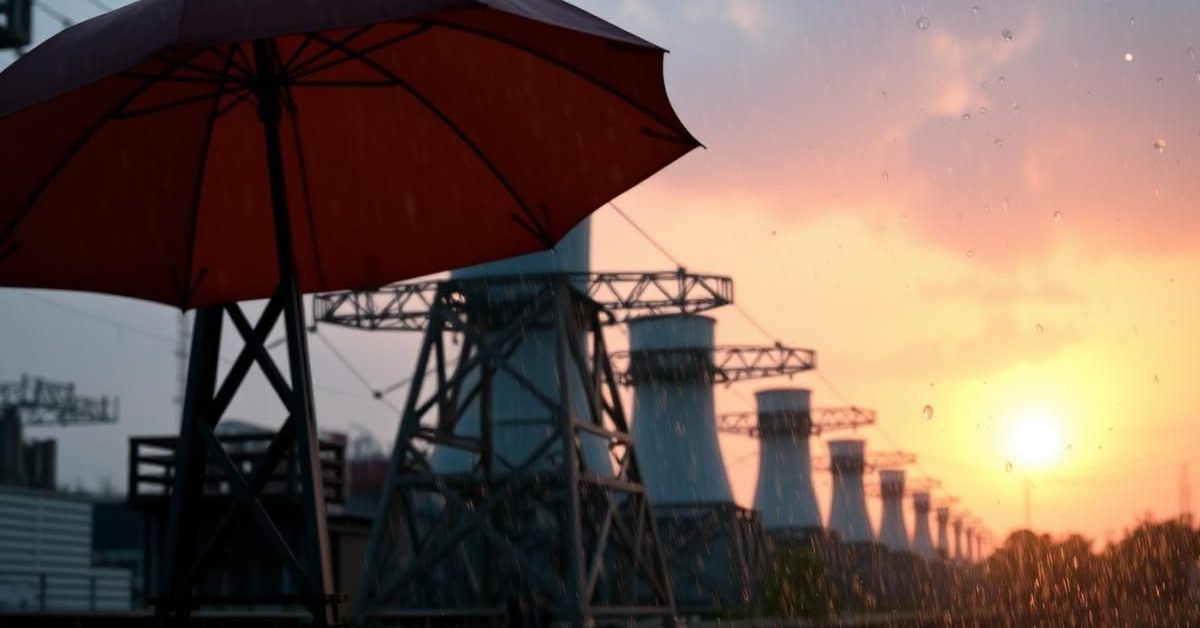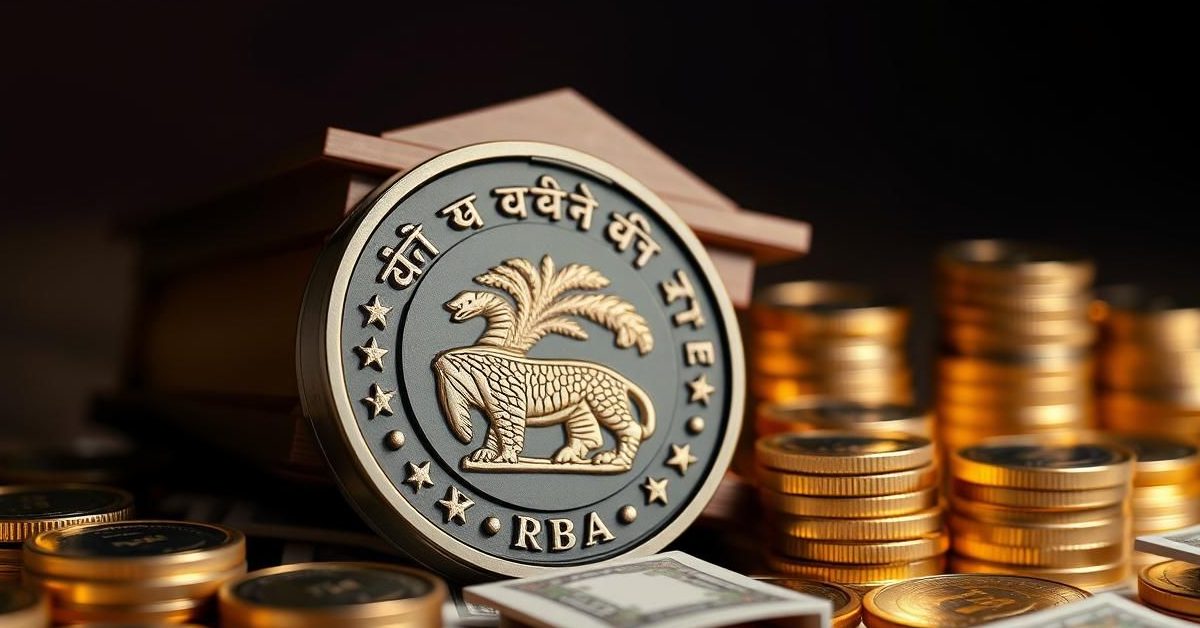Wimbledon, the prestigious Grand Slam synonymous with pristine grass courts and the roar of the crowd, is bracing for an unprecedented challenge in 2025: record-shattering temperatures. With forecasts indicating conditions set to eclipse the previous opening-day high of 29.3C from 2001, the All England Club has a critical measure in place: the meticulously crafted Heat Rule.
Why Wimbledon Needs a Heat Rule: Prioritizing Player Welfare
The intensity of professional tennis, especially at a Grand Slam like Wimbledon, pushes athletes to their physical limits. When combined with extreme heat, the risk of dehydration, heatstroke, and severe fatigue escalates dramatically. The Heat Rule isn’t merely a guideline; it’s a vital safeguard, designed to protect the health and well-being of the world’s elite players as they battle it out on court.
The Science Behind the Rule: Understanding WBGT
To objectively determine when conditions become perilous, Wimbledon employs the Wet Bulb Globe Temperature (WBGT) scale. This isn’t just about air temperature; the WBGT is a comprehensive heat stress index. It expertly factors in air temperature, humidity (which magnifies the perceived heat), and even radiant heat from surfaces like the courts themselves. A specialized heat stress monitor precisely measures these critical elements, providing a holistic picture of the environmental impact on players.
When Relief Arrives: The 30.1C Threshold
The tipping point for the Wimbledon Heat Rule is a WBGT reading of 30.1C or higher. Once this critical threshold is met, players are granted a crucial 10-minute break during their match. Remarkably, only one player needs to request this respite for it to be enforced, underscoring the focus on immediate player comfort and safety. It’s important to note, however, that this rule does not apply to matches played under a closed roof, where environmental conditions are controlled.
Strategic Pauses: Timing for Men’s and Women’s Matches
The timing of these strategic breaks is carefully determined by the match format. For the grueling best-of-five-set matches typical in Gentlemen’s Singles, players can take their 10-minute interlude at the conclusion of the third set. In the faster-paced best-of-three-set matches, common across Ladies’ Singles and all other singles categories, the heat break is introduced at the end of the second set.
Rules During the Respite: What Players Can and Cannot Do
During these vital 10-minute breaks, players are permitted to leave the court, seeking a cooler environment and a chance to rehydrate. However, the rule is strict: they are explicitly not allowed to receive any coaching or medical treatment during this specific period. The intention is purely to offer a brief physiological recovery, not a tactical or physical advantage.
Special Scenarios: Carry-Over Matches and Covered Courts
Wimbledon’s schedule can be unpredictable, often seeing matches carried over to the next day due to fading light or weather. In such instances, the Heat Rule has specific clauses. If a best-of-three-set match has already completed one set, or a best-of-five-set match has completed two sets on the previous day, the heat rule will not apply when play resumes. This ensures fairness and continuity for matches already in progress.
The All England Club’s Proactive Stance on Heat Management
“Adverse weather is a key consideration in our planning for The Championships, and we are prepared for the predicted hot weather, with comprehensive plans in place for guests, players, staff and the BBGs,” the All England Club confirmed in a statement. This highlights their proactive approach, acknowledging the challenges extreme temperatures pose not just to players, but to everyone involved in the iconic tournament.
Scope of the Rule: All Singles Events Covered by Denise Parnell
Championships referee Denise Parnell clarified the widespread application of this crucial rule. “The heat rule will apply to all singles events at the Qualifying and Main Draw for The Championships 2025,” she explained. This comprehensive coverage includes the Gentlemen’s Singles, Ladies’ Singles, Boys’ Singles, Girls’ Singles, Gentlemen’s Wheelchair Singles, Ladies’ Wheelchair Singles, and Quad Wheelchair Singles, ensuring equitable protection across all competitive formats.
A Glimpse into Wimbledon’s Hottest History
While 2025 is set to be exceptionally hot, Wimbledon has weathered extreme temperatures before. The UK Met Office records show that the hottest day during the tournament’s fortnight occurred on July 1, 2015, when temperatures at nearby Kew Gardens soared to a blistering 35.7°C. As the world tunes in to Wimbledon 2025, the Heat Rule stands as a testament to the commitment to player safety, ensuring that the incredible athleticism on display is not overshadowed by the unforgiving conditions.











